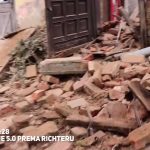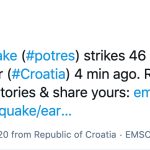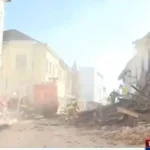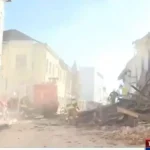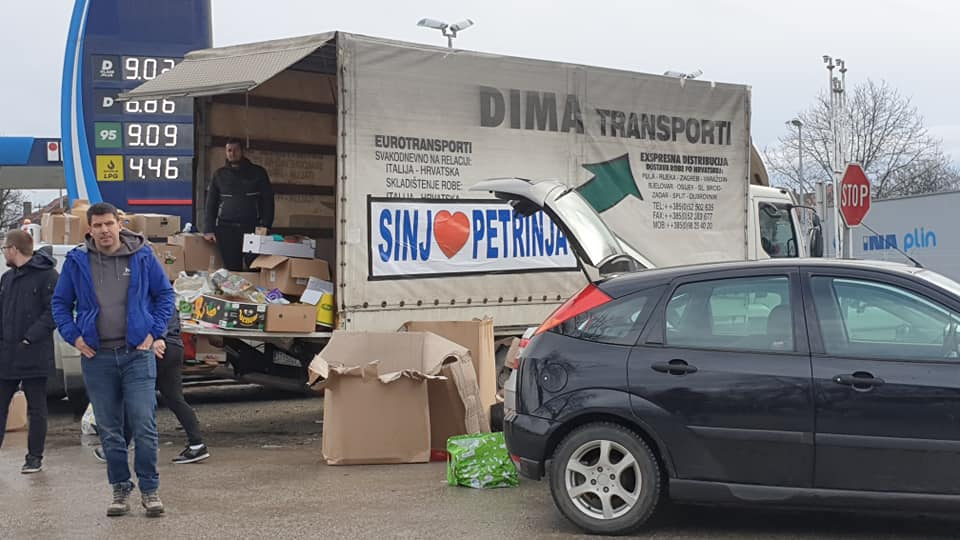
ZAGREB, 1 January, 2021 – Civil Protection director Damir Trut said on Friday morning that a thousand people were in Sisak-Moslavina County, helping its residents clear streets of rubble following the earthquake that hit the county on December 29.
There were 1,500 members of different organisations on the ground on Thursday, and today there are 1,000, Trut told Croatian Radio, describing the situation on the ground as under control.
Speaking of priorities for today, he cited transport and distribution of container homes, camper vans and tents, the removal of chimneys, roof repair, and food distribution.
“The distribution of bread and water started this morning and there will be hot meals as well,” he said after a meeting of the competent services.
Trut confirmed that some of the people who earlier did not want to leave their quake-damaged homes had expressed a wish to be accommodated temporarily in the Petrinja barracks.
Reception centres will also be opened at two primary schools that have been inspected by structural engineers and that are in good condition, he said.
Vaccination against COVID-19 to start on Saturday
Trut also announced the start of vaccination against COVID-19.
“People in tent settlements who have been evacuated will be vaccinated as will rescue staff,” he said.
Josip Atalic, a professor at the Zagreb Faculty of Civil Engineering and coordinator at the Croatian Centre for Seismic Engineering, said that the quake-hit area was still seismically active but that one should not panic and should get used to it and behave accordingly.
He advised local residents against staying in their houses until they were checked by structural engineers.
Atalic said that it was too early to say how many houses would have to be torn down.
According to the international methodology used by Croatian structural engineers, if the cost of repairing a house exceeds 65% of its value, it is not worth repairing. However, as regards privately-owned houses, that decision will be up to their owners while the procedure regarding houses in the historical zone will be determined by a number of other institutions as well as restorers, Atalic said.
The European Mediterranean Seismological Centre (EMSC) this morning reported about two more moderate earthquakes near Petrinja and Sisak, of which the first measured 3.2 on the Richter scale and occurred at 4.52 a.m., with the epicentre 12 kilometres southwest of Petrinja.
The second quake measured 3.1 on the Richter scale and was registered at 6.37 a.m. and its epicentre was 19 kilometres southwest of Sisak.
For more on the Petrinja earthquake, follow our dedicated section.

